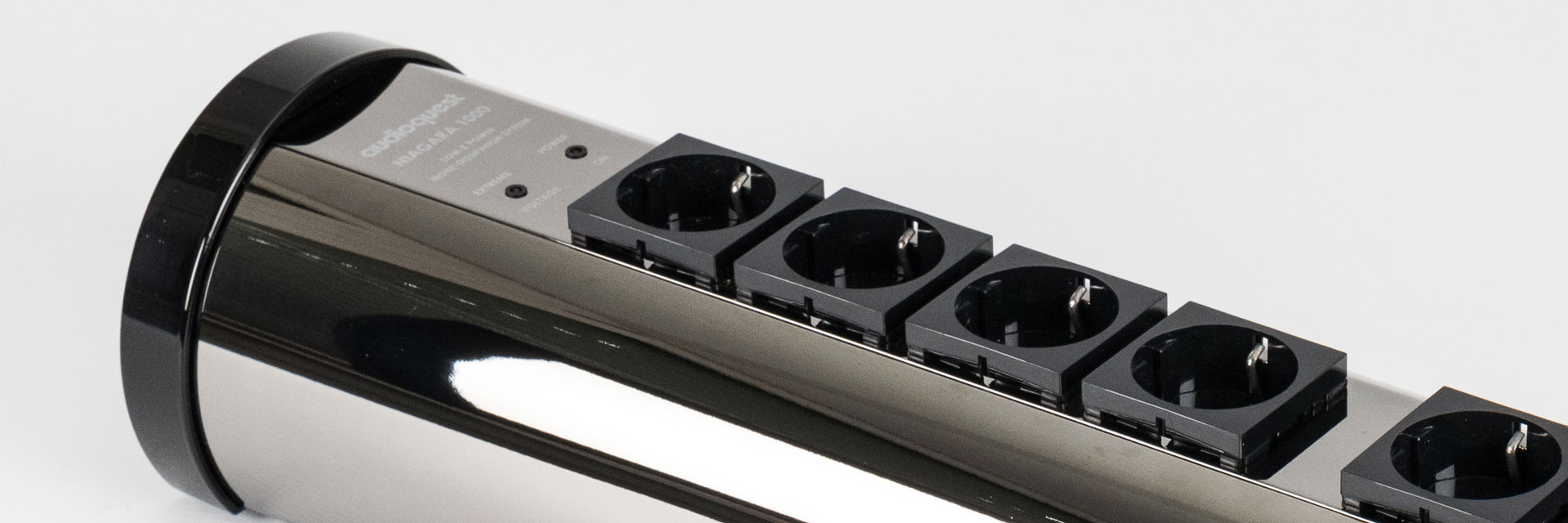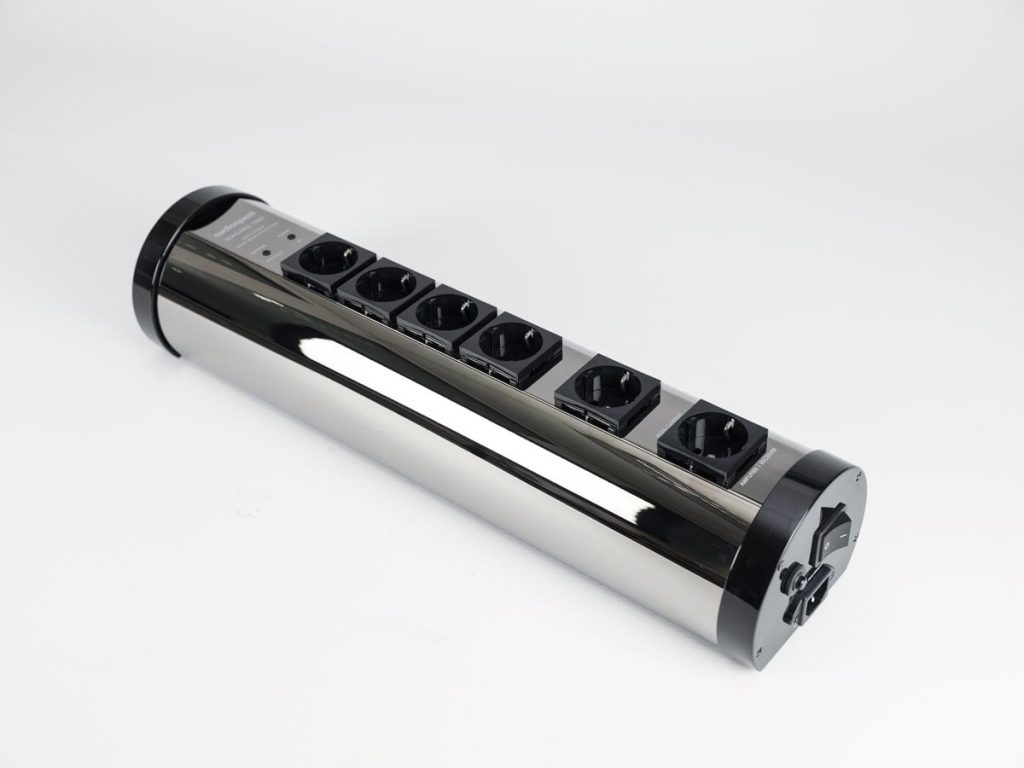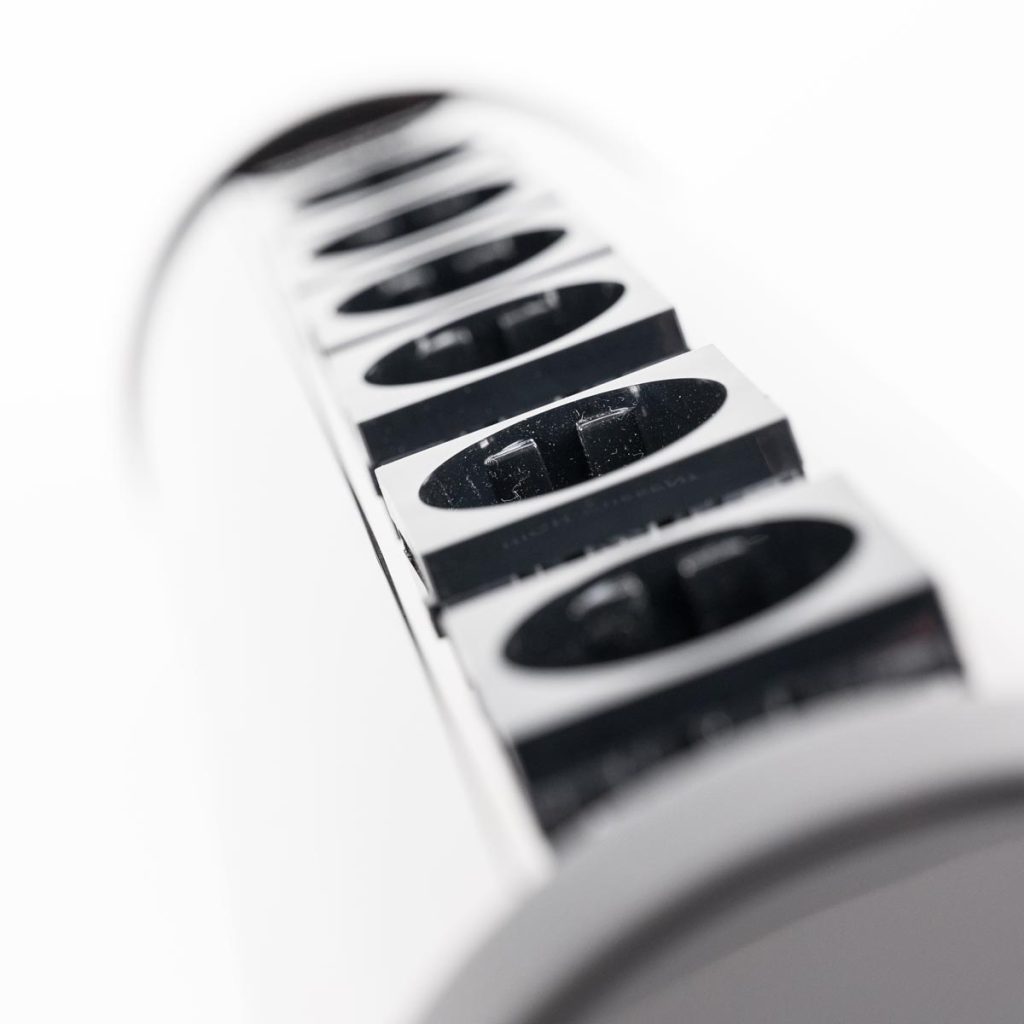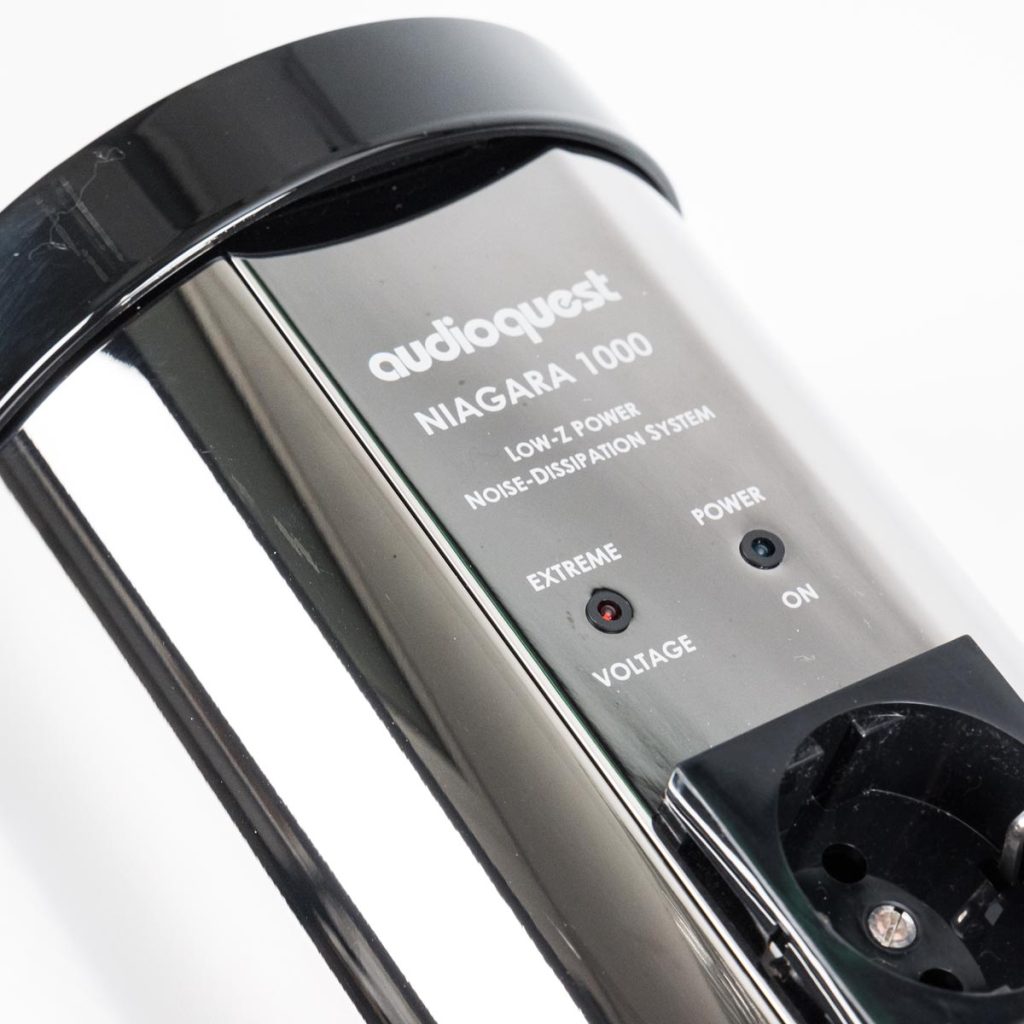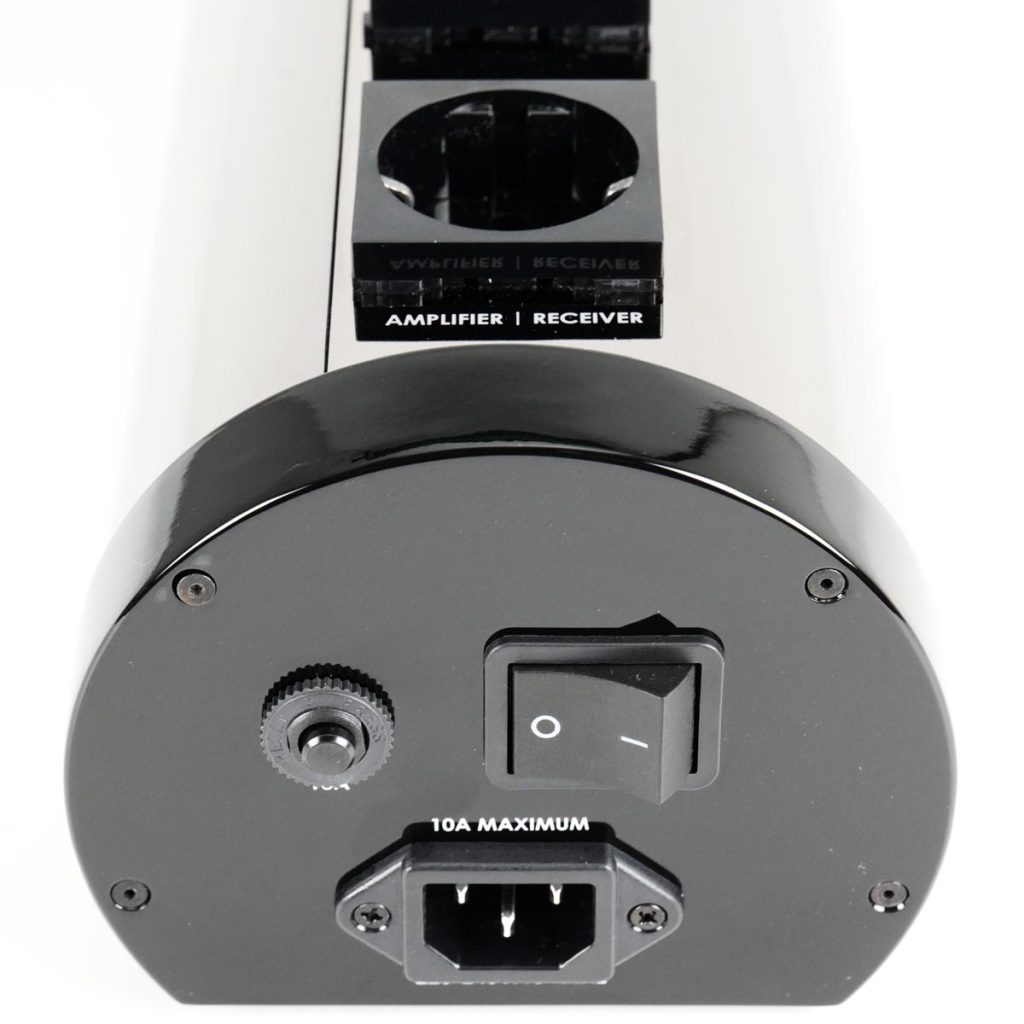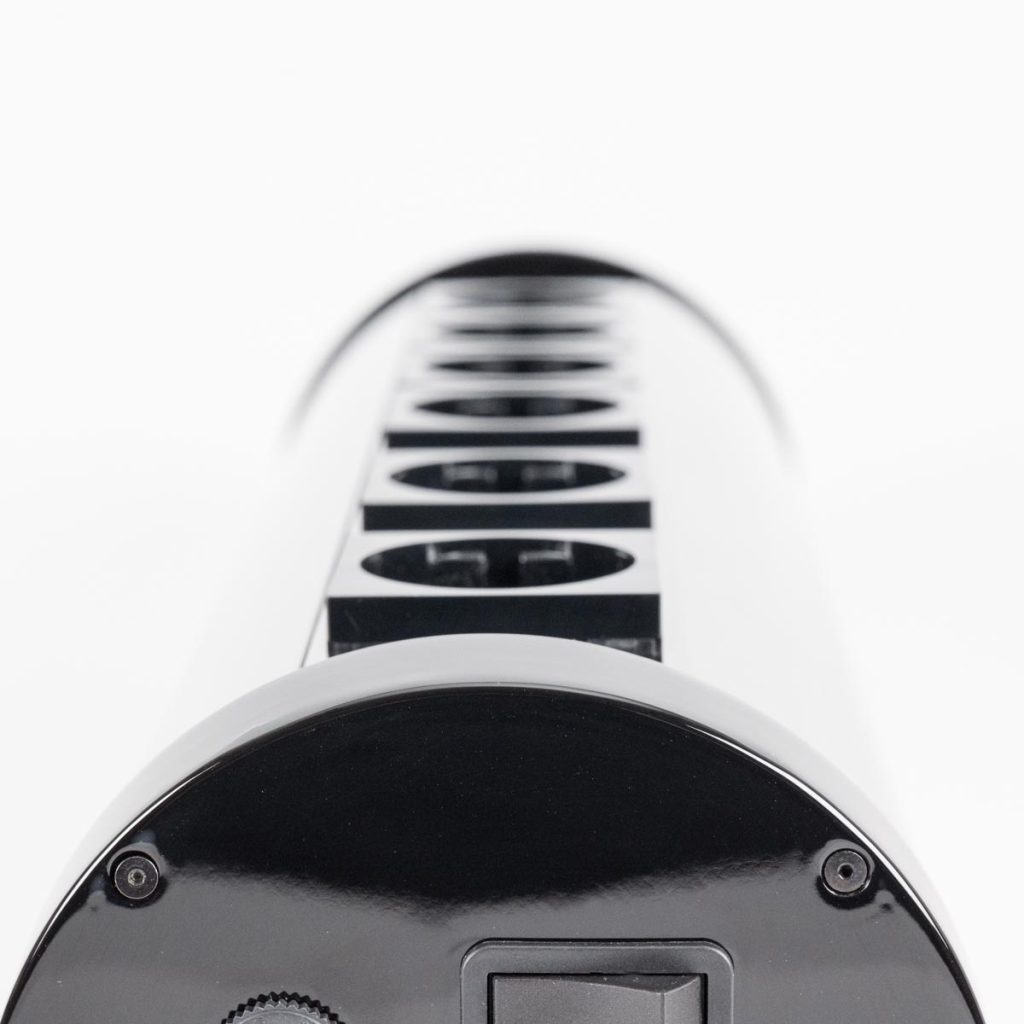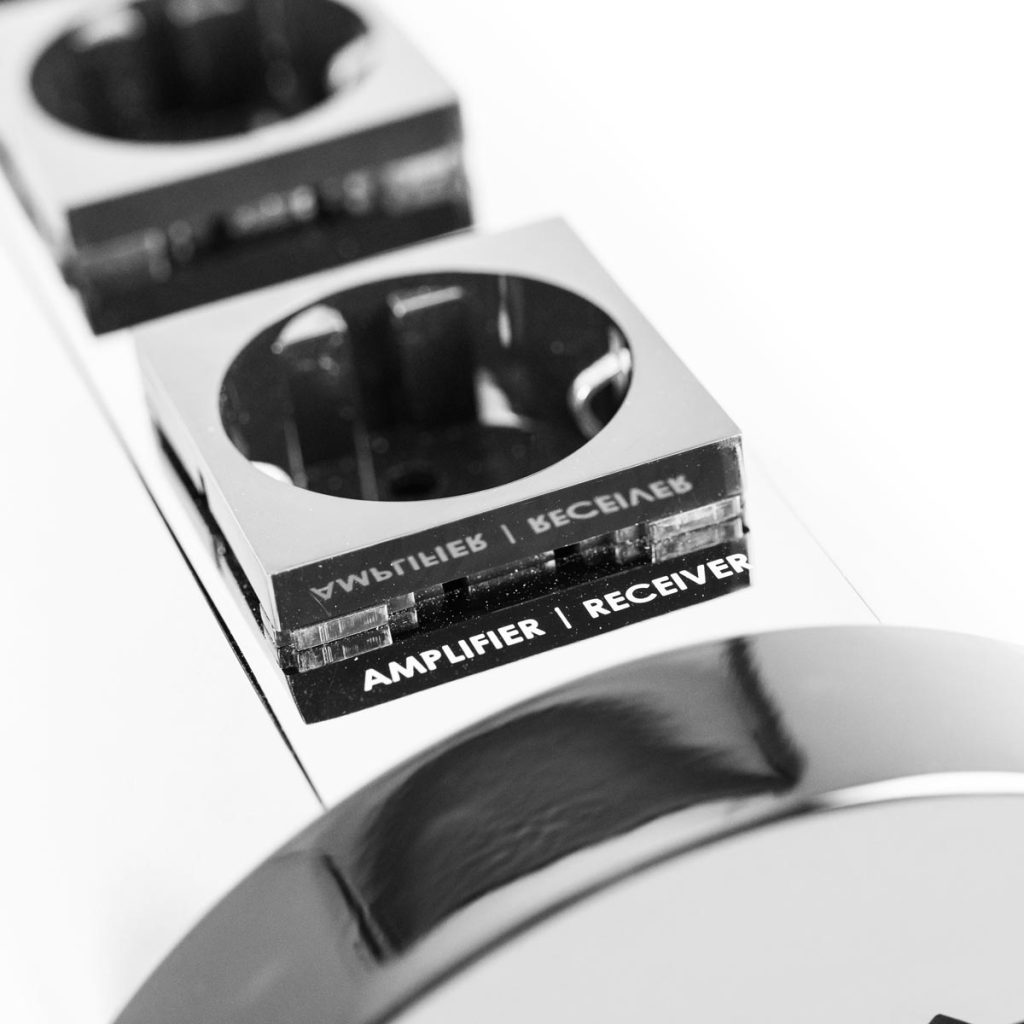The AudioQuest Niagara 1000 carries the genes of it’s big brother in a much smaller and more affordable package.
Professionals who work with devices that really have earned the description “ultimate” are caught in a bind: As nice as it is to enjoy electronics for awhile that don’t just command a high price, but actually sound like they should — getting back to normal is just that much harder. And so that’s how I felt after testing one particular accessory and discovering I no longer wanted to be without it: the AudioQuest Niagara 7000. “Just” a highly developed power filter, this was a device that could nonetheless iron out the electrical deficiencies in my old apartment so superbly, it made me forget it was even there and soon created my new normal.
Until I had to give it back. And end up tortured again with all the trivialities that had been banished into nonexistence for a few months thanks to that brilliant magic box. You know, little things like hissing female vocals and rather grinding high tones.
Before getting completely depressed — a unit like the Niagara 7000 definitely lies outside of my price range — I luckily remembered the €9,000 heavyweight has a couple of smaller siblings. For instance, the Niagara 1000, which offers six power sockets instead of 12 (and generally looks somewhat more modest), but undeniably carries the same genes of its bigger sibling. And does so for one-seventh the price. When it comes to playback electronics I call my own, the “little” one is just the right size. Interestingly, all of the devices connected to it benefit, without exception, from its technology (as with the other Niagaras in the AudioQuest portfolio).
The first unit to sample a drink of electricity from the solid Niagara sockets was my bread-and-butter desk combination, the Marantz HD-CD1 and HD-AMP1: The sound from the class-D amplifier and from the CD player hooked up through the digital panel was quieter, more defined, and generally tidier; it also offered that crucial bit to top off the stable bass range. Even at “critical” times of day, I didn’t hear any more hissing, a characteristic that grew even more intense as I tested my way through my transistor equipment. The Niagara 1000 gives my pre- and poweramp combination AX1-BX1 from Advance Acoustic a significant boost in quality, as it did for my aging MusicLink units from Marantz. And even the little MyAmp from Micromega stepped up its game thanks to the cascade of electricity in the form of a somewhat heavier power socket. The same is true for a whole range of source devices, from the SACD player to the turntable. And it was all only a result of being able to drink clean, meticulously prepared electricity? That’s right.
A fascinating side effect grew apparent as I tried out a range of different speakers from my collection, creating very adventurous combinations: Not only did the equipment sound better, it even seemed the compatibility of the devices improved despite there having been classic mismatches. And because the Niagara 1000 lets you reduce the volume level without limiting perceived force and structural clarity, soft listening is made easier. This is also particularly true of chamber-music-based classics where nuance of sound and clear tones are more important than sheer penetrating power. And if a small power amp with, let’s say, 50 watts didn’t have to work at it limits, it could even drive a power-hungry loudspeaker, which is actually much too greedy for it. Its owners will be pleased with the delicate high-tone details and the full-bodied midrange. The fact my espresso tastes better since I’ve had the coffeemaker plugged into the Niagara 1000’s open high-current outlet might just be my imagination at work.
Power filter panel | AudioQuest Niagara 1000 | Price: €1,200

